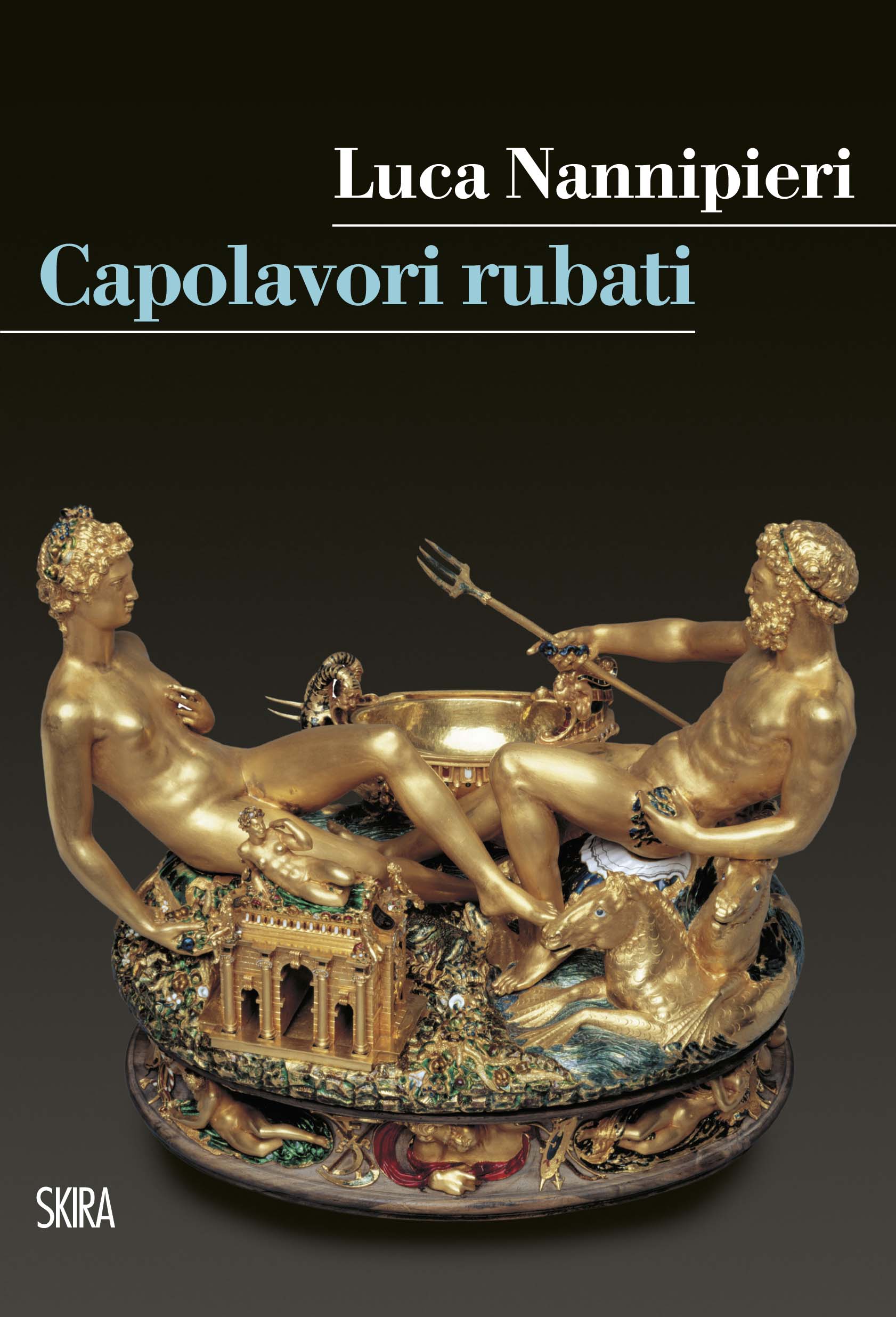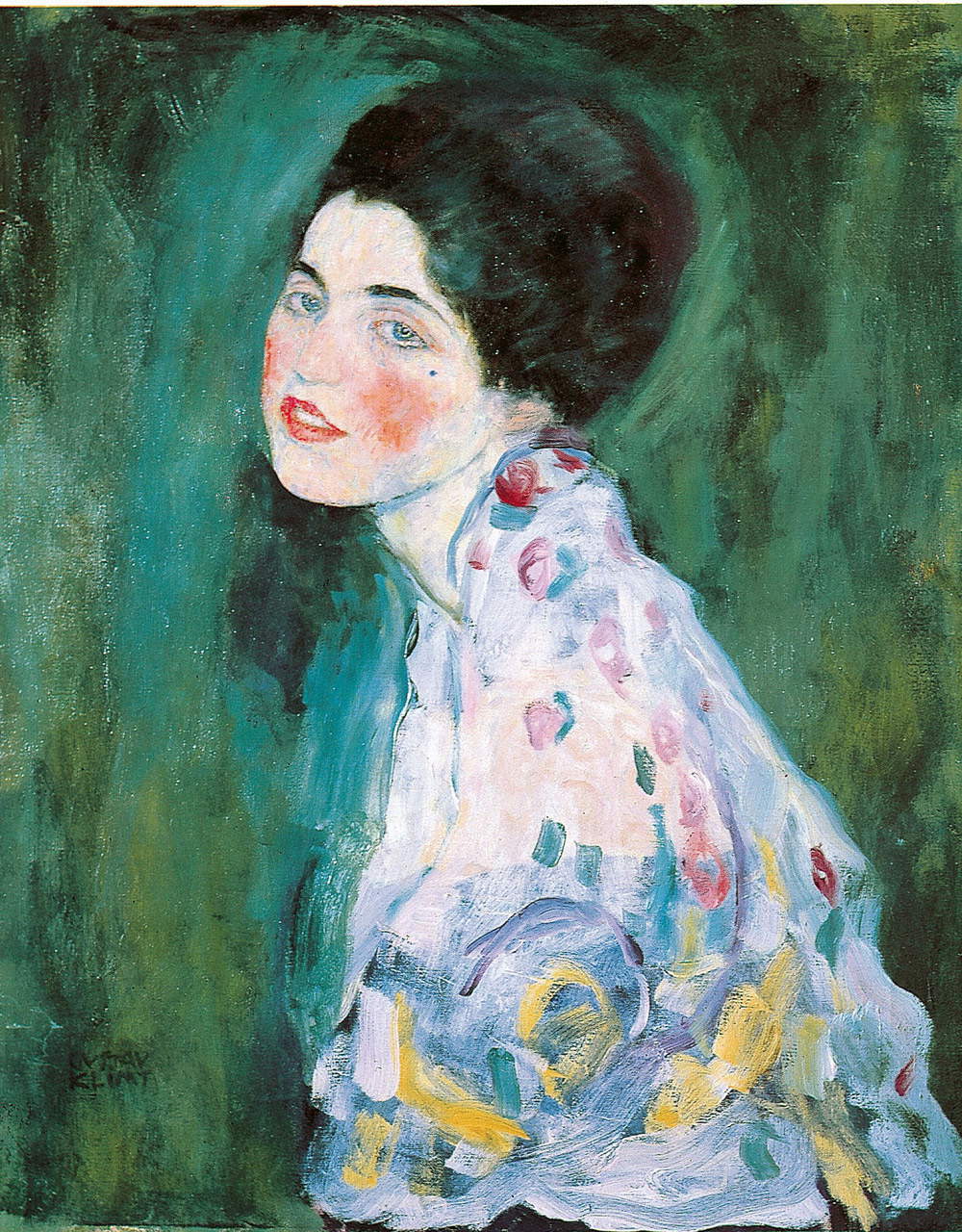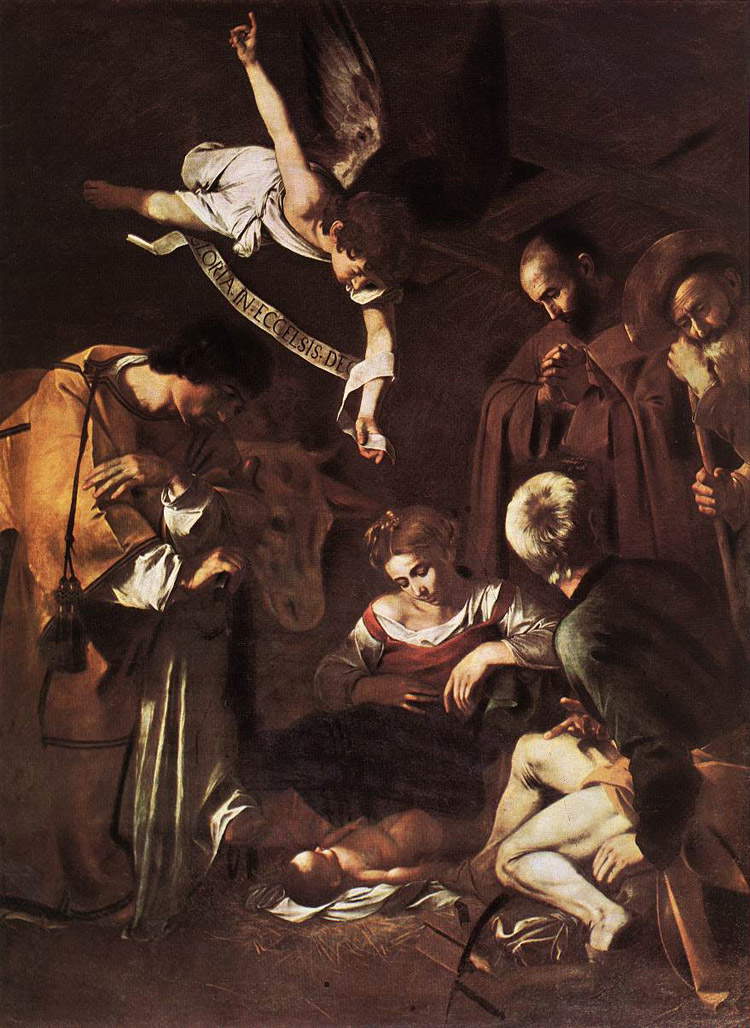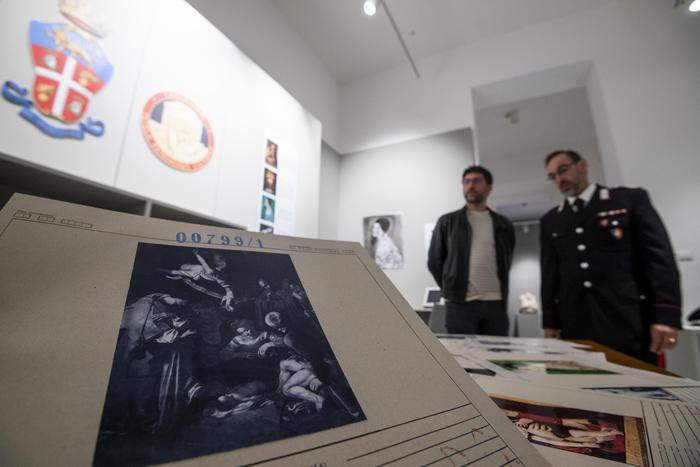Wereceive and publish the following review of Luca Nannipieri’s book Stolen Masterpieces (Skira, 2019).
There has always been struggle around art, and this masthead had already dealt with the subject, on the occasion of the exhibition The War of Art.
More generally, it can be said that since time immemorial murder, theft, raids, bribery, smuggling, abuse, burning, devastation, and confiscation have marked the lives of many masterpieces. This is discussed extensively in Capolavori rubati (Skira) by Luca Nannipieri, a “media critic” as he likes to call himself and in fact already known to most for his participation in a column on Rai Uno’s morning show Caffè, dedicated to this topic. From the statues of classicism to Picasso, passing through the likes of Benvenuto Cellini (his Saliera on the cover), Raphael, and Klimt, there are many episodes (famous or little known, solved or still under investigation) that lead to the heart of illegality, criminality, the black market, greed, and the will to power that hides behind all thievery. The explanation of this paradox, as art should ennoble man and not drive him to such baseness, is entrusted in the book to the words of Alois Riegl. For the Austrian art historian, in every artistic artifact are inherent different forces and tensions, which we moderns go, from time to time, to trigger and elevate. Thus opposing wills are generated with, at the extremes, a concern for preservation and a desire for destruction (typical, for example, of certain religious fanaticism).
In Nannipieri’s intentions, his volume aims to distance itself from the mass of “didactic, chronicling, documentary, and inventory books” on masterpieces to be saved or dispersed. And in fact there is room for a series of digressions and reflections on context. Such as those on the low attendance of peripheral museums to which valuable pieces that had ended up illicitly in institutions, American in particular, where they nevertheless enjoyed high visibility, have been brought back; or on the reasonableness or otherwise of the request for the return of works now belonging to third entities , where, however, such ownership, which originates from a fraudulent event, is now historicized; or even on the meaning of museums according to the artists themselves; not to mention the specific sections devoted to some historical controversies. Among the latter are the large-scale, Napoleonic and Nazi plundering; and again the international smuggling of antiquities from war zones in the Middle East.
 |
| Luca Nannipieri, Stolen Masterpieces (Skira, 2019) |
 |
| Gustav Klimt, Portrait of a Lady (1916-1917; oil on canvas, 60 x 55 cm; formerly Piacenza, Ricci-Oddi Gallery) |
 |
| Caravaggio, Nativity with Saints Lawrence and Francis (1600; oil on canvas, 268 x 197 cm; Palermo, formerly nelloratorio di San Lorenzo, stolen in 1969) |
 |
| A room in the exhibition The Art of Saving Art. |
The heart of the writing nevertheless remains the filing of the most famous ’cases’. Tackled without a fixed pattern: sometimes the art-historical contents prevail, or the more or less daring stories that have marked certain works, while at other times they range precisely on broader themes worth meditating on, very often taking their cue from the thought of great personalities of the past. In any case, the popular slant, which makes for a smooth and enjoyable read, does not always allow one to go into specifics. One expects, however, that the author will return to address a major issue he evidently holds dear.
On the 50th anniversary of the theft of the Caravaggio from Palermo (October 17-18, 1969), the first chapter of the book could only be dedicated to it, so it is worth pausing here as well. In recalling the sad “simple story” (paraphrasing Sciascia, who drew inspiration from it for his last story), Nannipieri, as is usual to do by writers to whom certain narratives (including the aforementioned Scarlini) play, enumerates the various versions about the theft, some with a legendary flavor and others handed down even badly. Versions, admittedly outdated, by the recent reconstructions of the parliamentary anti-mafia committee that certainly deserve more consideration. Moreover, on the more strictly art-historical front, the advancement of studies that has made it possible to bring forward the dating of the Palermo Nativity to 1600 is ignored. This is coupled with the reference, for an understanding of the figure of Caravaggio, to two writings by Roberto Longhi and Lionello Venturi from 1951-52, which are abundantly outdated.
Beyond this, Stolen Masterpieces must be considered a fairly well-documented work, as evidenced not only by the citations that are drawn on extensively, but also by a functional apparatus of notes and a final bibliography for reference. In closing there is also a useful index of names. Finally, it is appropriate, in recommending the volume to those who wish to become more familiar with a theme of great relevance, and unfortunately always topical, to suggest that the reading be combined with a more direct experience, so to speak. That is, a visit to the exhibition L’Arte di salvare l’Arte, at the Quirinale until July 14, where several of the masterpieces described by Nannipieri will be found, displayed or otherwise recalled. It is never too late to create a national consciousness around the protection of our extraordinary heritage.
Warning: the translation into English of the original Italian article was created using automatic tools. We undertake to review all articles, but we do not guarantee the total absence of inaccuracies in the translation due to the program. You can find the original by clicking on the ITA button. If you find any mistake,please contact us.